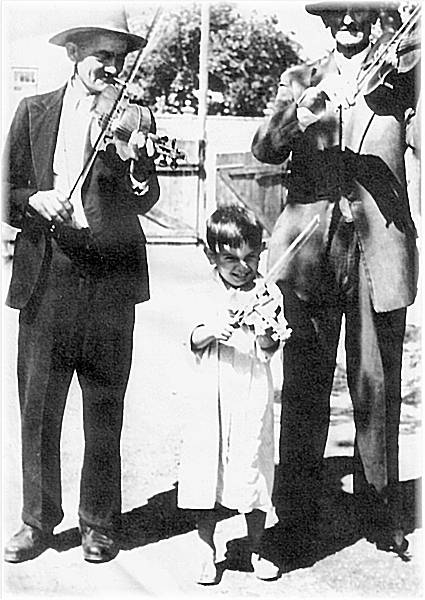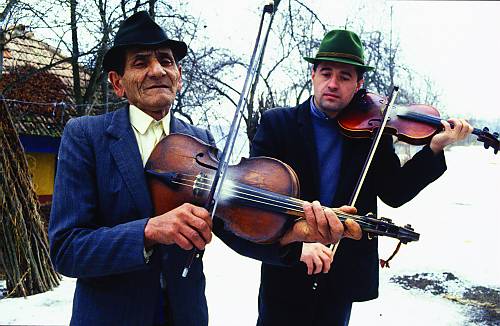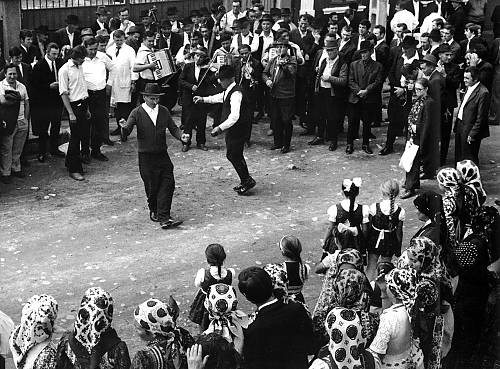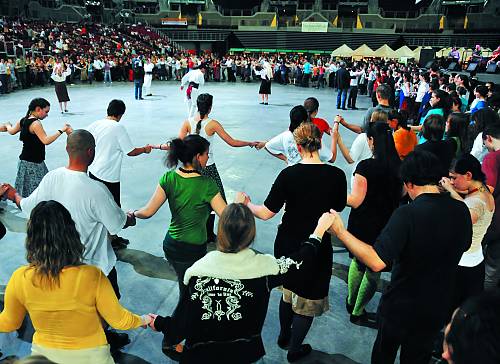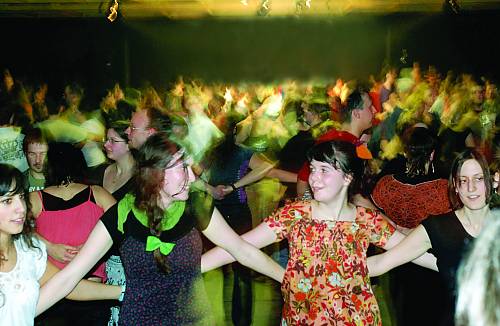Táncház method: a Hungarian model for the transmission of intangible cultural heritage
Selected in 2011 on the Register of Good Safeguarding Practices
The Táncház (‘dance-house’) model of teaching folk dance and music combines traditional forms of acquisition with modern pedagogical and academic methods. Participants acquire dance knowledge from experienced members or tradition bearers by direct observation and imitation, to the accompaniment of live music, while using their own individual level of creativity to develop their competence and dancing ability. The dancing is complemented by singing instruction, handicraft activities and ethnographic presentations. Anyone regardless of age, competence or prior exposure can become an active participant. The aim is to establish a value-based, community-building, entertaining yet educational form of recreational activity through the practice and transmission of intangible cultural heritage. Táncház methods are also utilized in art schools and all levels of education, and influence folk dance and music performance. An annual National Táncház Festival and Fair constitutes the largest meeting of bearers, mediators and enthusiasts, yet age or content-specific Táncház-es have developed, as well as workshops, camps, playhouses and handicraft clubs. Increasing numbers of publications popularize Táncház and assist in refining and transmitting its methodology, while folk dance and music resource centres enable the public to access archival recordings. The model is easily adaptable for the safeguarding and transmission of any community’s intangible cultural heritage through hands-on acquisition, thereby sustaining its diversity.

